Content
English roses bred by David Austin stand out in the group of shrub roses. All of them are distinguished by their captivating beauty, large wide glass, beautiful bush, disease resistance, and their enchanting aroma has become their hallmark. Roses by David Austin are by far the newest series that has not yet been officially singled out as a separate group. This is probably unfair, because the number of varieties has already exceeded two hundred, and they are all recognizable at first sight. In addition, since its inception Austin roses are in high demand in the flower market.
The history of the series
David Austin did not deal with roses until in the 50s of the twentieth century he saw old varieties in France. He decided to create modern flowers that would look like the undeservedly forgotten old ones. spray roses, preserving and enhancing their wondrous aroma and the refined beauty of the buds. At the same time, it was necessary to make them bloom again, to give the bush a harmonious shape and the ability to grow in different climatic zones. In addition, the old varieties were completely devoid of yellow and orange color, which David Austin certainly wanted to fix.
By crossing the old Gallic variety "Bel Isis" and the modern floribunda "Le Gras" in 1961 the first rose of the "Constance Spray" series was presented to the public. It was very beautiful peony rose with a delicious aroma of myrrh and huge pink cups. Unfortunately, it bloomed once, but otherwise exceeded all expectations of both the public and the author. Constance Spray is still very popular, despite the emergence of new, re-flowering varieties.
23 years later, in 1984, D. Austin at the Chelsea exhibition presented to the public already 50 varieties of new English roses obtained by repeated crossing of old varieties with hybrid tea rose and floribunda, as well as wild rose hips.
Perhaps you will be interested in how many years ago the family business was created and how new varieties are being created today. The story of David Austin himself, the video from his interview was filmed a long time ago, but has not lost its relevance:
Today he is the most successful breeder and sells more than 4 million seedlings a year worldwide.
General characteristics of Austin roses
English roses are outwardly similar to old varieties - Damascus, Bourbon, Gallic, Albu, but they have a rich palette of colors, are able to grow in poor soil, and are resistant to unfavorable growing conditions. For all their nostalgic-old-fashioned appearance, David Austin roses usually bloom again or continuously and inherited from their English ancestors undemanding lighting - 4-5 hours of sunshine per day is enough for them.
D. Austin always at the forefront when creating a variety put the outline of the flower. English roses are distinguished by rosette, pompom or cupped glass. It is interesting that when, as a result of selection, cone-shaped buds appeared (as in hybrid tea varieties), the creator mercilessly rejected them.
All David Austin rose varieties have a strong, pleasant aroma. You will not find a single odorless flower in the collection of more than 200 varieties. But "Jude the Obscur" is considered a rose with the strongest scent that can compete even with the scent of French perfume.
Princess Margaret crown
The creator himself does not tire of repeating that David Austin's roses must meet four requirements:
- Beautiful glass shape;
- Pure color;
- Juicy aroma;
- High resilience.
Now he rejects even flowers that do not meet one of the requirements before announcing the creation of a new variety and is very sorry that at one time he released insufficiently resistant roses on the market.
Austin's roses are distinguished by the fact that in different conditions they can behave differently, for example, in central Russia, the following is noted:
- They usually have greater frost resistance than indicated in the description.
- They often grow taller than stated. This must be taken into account when planting, since it is problematic to transplant English roses at the age of 6-7 years.
- Some varieties, on the contrary, do not reach the declared growth.
- If the plant is grown as a climbing plant, it will most likely grow significantly more than its stated height.
- Two years after planting, the flowers are smaller than usual, and the branches are weak and bend under their weight. When the plants adapt, everything will return to normal.
Today the family company of D. Austin registers 3-4 new varieties per year on average. Among them there are shrubs, many of which, if desired, can be grown as climbing varieties, erect tall or low shrubs, miniature flowers suitable for growing in a container. All of them have excellent characteristics and are easily recognizable.
The first two years, young shoots will be thin and will not always be able to hold a heavy glass. Do not let this bother you, after a short period of time, everything will return to normal.
Austin rose varieties
Austin roses do not have any official classification. We are not going to replace the respected international rose-growing organizations, but we will simply single them out into groups based on individual characteristics. Perhaps for someone the size of the bush or the size of the glass matters, but someone will be pleased to have the titled roses of David Austin in the garden. We present photos and descriptions of varieties to the attention of our readers.
The tallest varieties
We repeat that in our conditions, English roses do not always behave as indicated in the description of the variety. The table will indicate their official sizes, but they all grow higher in central Russia with good care, besides, they can be safely grown one climatic zone to the north. We will try to present the best varieties to your attention.
| Variety name | Bush height / width, cm | Flower size, cm | Glass shape | Coloration | Number of flowers in a brush | Scent | Bloom | Disease resistance | Climatic zone |
|---|---|---|---|---|---|---|---|---|---|
| Crown Princess Margaretha | 150-180/ 100 | 10-12 | Cupped | Yellow-orange | 3-5 | fruit | repeated | high | sixth |
| Golden Celebration | 120-150/ 120 | 8-14 | Cupped | Copper yellow | 3-5 | Spicy fruity | repeated | high | sixth |
| Gertrude Jekyll | 110-120/ 90 | 10-11 | Outlet | Deep pink | 3-5 | Rose oils | repeated | average | fifth |
| James Galway | 150-180/ 120 | 12-14 | Outlet | Pale pink | 1-3 | Rose oil | repeated | high | sixth |
| Leander ("Leander") | 150-180/ 150 | 6-8 | Outlet | Bright apricot | 5-10 | Fruit | one-time | high | sixth |
| Spirit of Freedom | 120-150/ 120 | 12-14 | Outlet | Soft pink | 1-3 | Myrrh | repeated | high | sixth |
| William Morris | 120-150/ 90 | 8-10 | Cupped | Apricot pink | 5-10 | Middle | repeated | high | sixth |
| Generous Gaden ("The Generous Gardener") | 120-300/ 120 | 8-10 | Cupped | Pale pink | 1-3 | Rose, myrrh oils | repeated | high | fifth |
| Tess Of The d'Urbervilles | 150-175/ 125 | 10-12 | Cupped | Purple | 1-3 | Tea rose | repeated | high | sixth |
- Princess Margaret crown
- Golden Celebration
- Gertrude Jekyll
- James Galway
- Leander
- Spirit of Freedom
- William Morris
- Generous Gaden
- Tess of the d'Erberville
Roses for growing in containers
There are varieties that work well in containers.
| Variety name | Bush height / width, cm | Flower size, cm | Glass shape | Coloration | Number of flowers in a brush | Scent | Bloom | Disease resistance | Climatic zone |
|---|---|---|---|---|---|---|---|---|---|
| Anne Boleyn | 90-125/ 125 | 8-9 | Outlet | Pink | 3-10 | Very weak | repeated | average | fifth |
| Christopher Marlowe | 80-100/ 80 | 8-10 | Cupped | Pink with gold | 1-3 | Rose oils | permanent | high | sixth |
| Grace | 100-120/ 120 | 8-10 | Cupped | Apricot | 3-5 | Rose oil | continuous | average | sixth |
| Sophy's Rose | 80-100/ 60 | 8-10 | Looks like a dahlia | Raspberry | 3-5 | Tea rose | repeated | high | sixth |
| Prince ("The Prince") | 60-75/ 90 | 5-8 | Outlet | Velvet purple | 3-5 | Rose oil | repeated | average | sixth |
- Ann Bolein
- Christopher Marlowe
- Grace
- Sophis Rose
- Prince
Roses with extra large glasses
English roses all have large flowers. But some just need to be told about them separately, among them are the already familiar varieties "Golden Celebration" and "Spirit of Freedom". It should be noted that the size of the bud does not reach its maximum immediately, but several years after planting.
| Variety name | Bush height / width, cm | Flower size, cm | Glass shape | Coloration | Number of flowers in a brush | Scent | Bloom | Disease resistance | Climatic zone |
|---|---|---|---|---|---|---|---|---|---|
| Jubilee Celebration | 100-120/ 120 | 12-14 | Pomponnaya | Salmon pink | 1-3 | Fruit | repeated | average | sixth |
| Lady of Megginch | 100-120/ 90 | 10-12 | Outlet | Deep pink | 1-3 | Roses with raspberries | repeated | high | sixth |
| Constance Spry | 150-180/ 180 | 13-16 | Cupped | Light pink | 3-6 | Myrrh | one-time | low | sixth |
| Abraham Darby | 120-150/ 100 | 12-14 | Cupped | Pink-apricot | 1-3 | Fruit | repeated | average | fifth |
| Princess Alexandra of Kent | 90-100/ 60 | 10-12 | Cupped | Deep pink | 1-3 | Tea then fruity | repeated | high | sixth |
- Jubile Celebration
- Lady of Meginch
- Constance Spray
- Abraham Darby
- Princess Alexandra of Kent
Pure colors
Ostinki are famous for their pure colors, and we invite you to see for yourself.
| Variety name | Bush height / width, cm | Flower size, cm | Glass shape | Coloration | Number of flowers in a brush | Scent | Bloom | Disease resistance | Climatic zone |
|---|---|---|---|---|---|---|---|---|---|
| Graham Thomas | 100-100/ 120 | 10-12 | Cupped | Bright yellow | 3-5 | Rose oil | repeated | average | sixth |
| Claire Austin | 120-150/ 100 | 8-10 | Cupped | White | 1-3 | Musky | repeated | average | sixth |
| L. D. Braithwaite | 90-105/ 105 | 8-10 | Outlet | Red | 1-3 | Rose oil | permanent | average | sixth |
| Brother Cadfael | 100-120/ 90 | 14-16 | Cupped | Pink | 1-3 | Tea rose | repeated | average | sixth |
- Graham Thomas
- Claire Austin
- L. D. Brightwhite
- Brace Cedvale
Conclusion
Austin's roses have received many awards at international exhibitions and performed well in Russia.
Watch a video about varieties that are successfully grown in Russia:
We hope English roses will decorate your garden and serve as a source of inexhaustible joy from contemplating their perfect beauty.
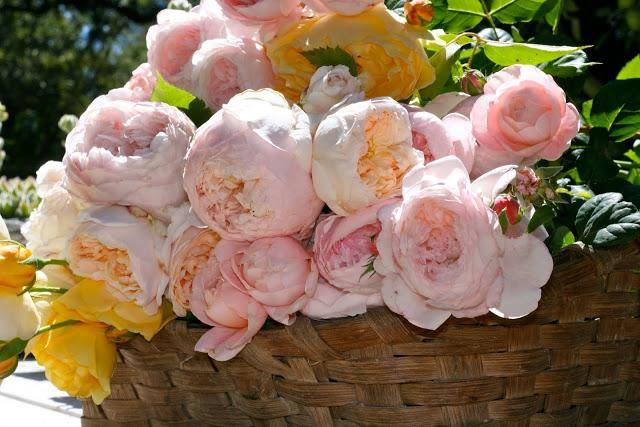
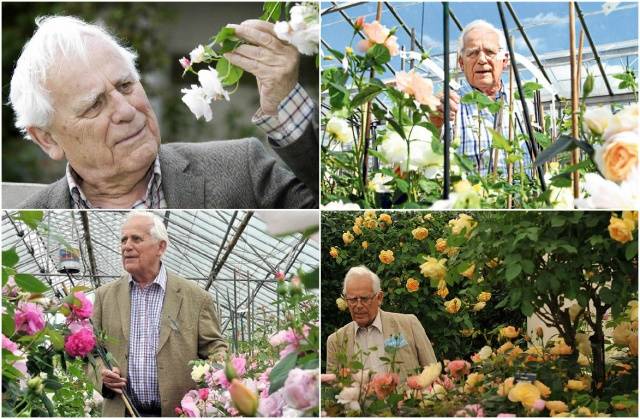
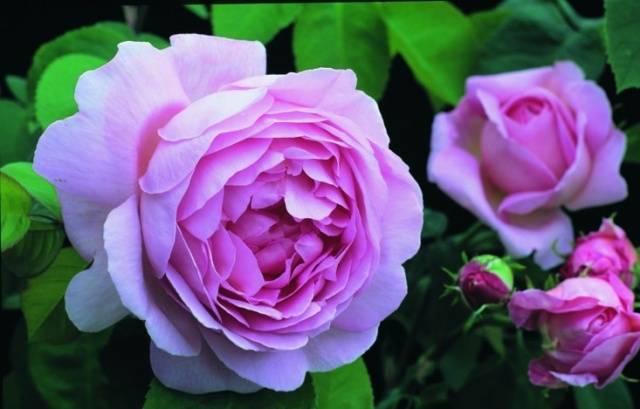
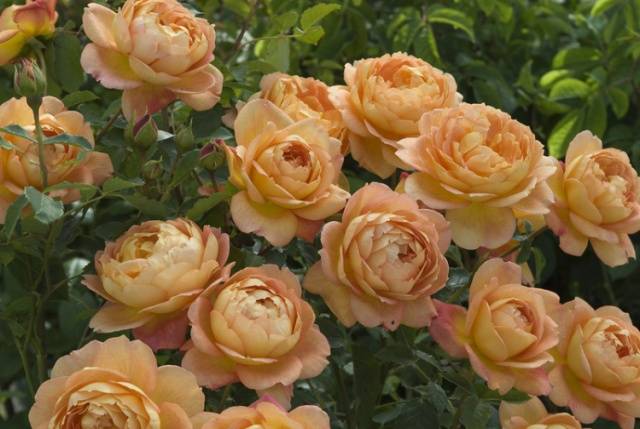

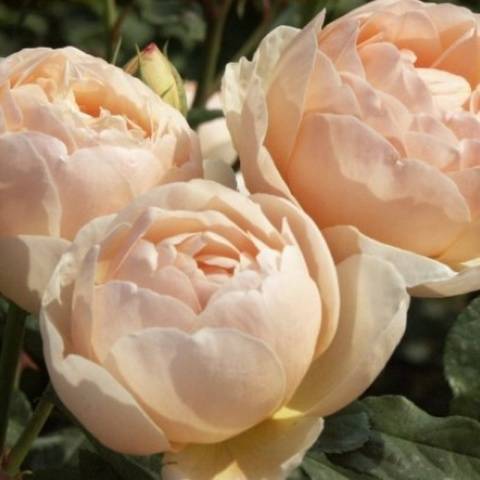
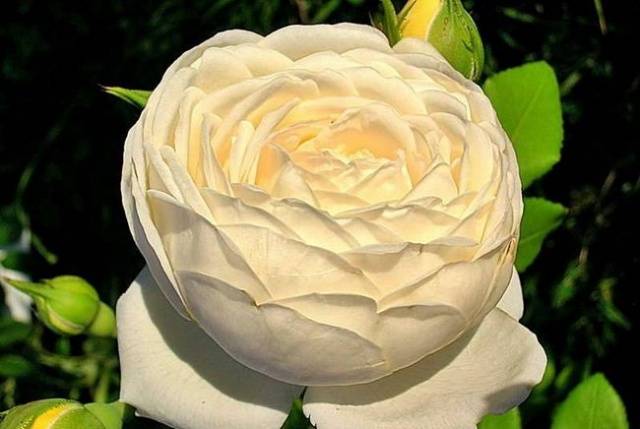
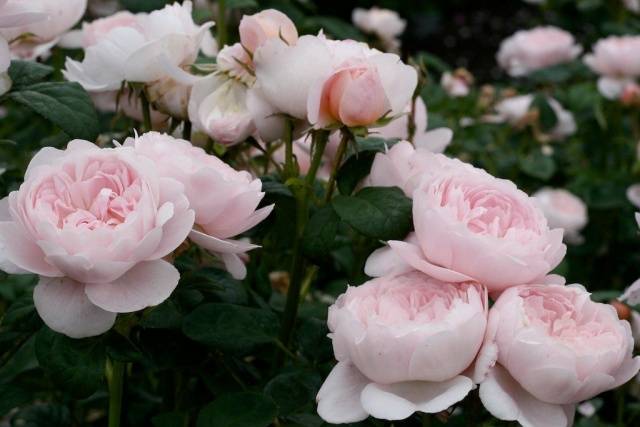
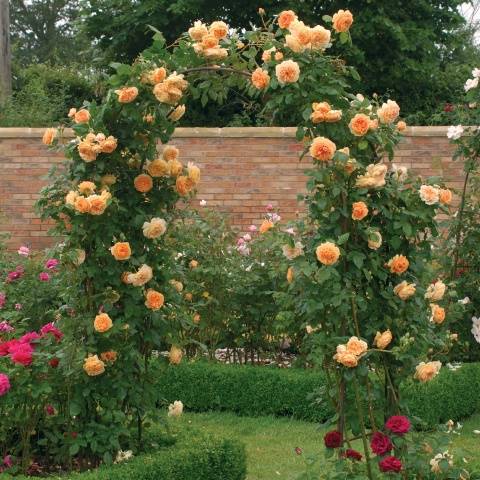
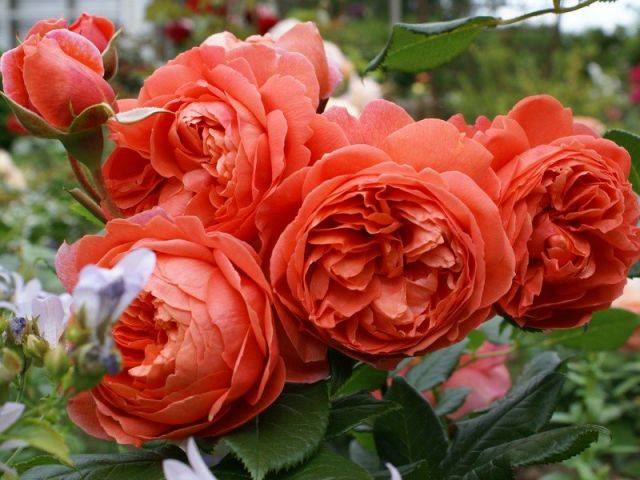
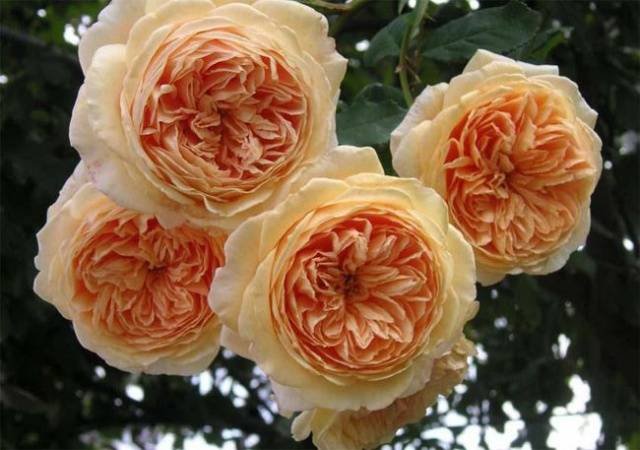
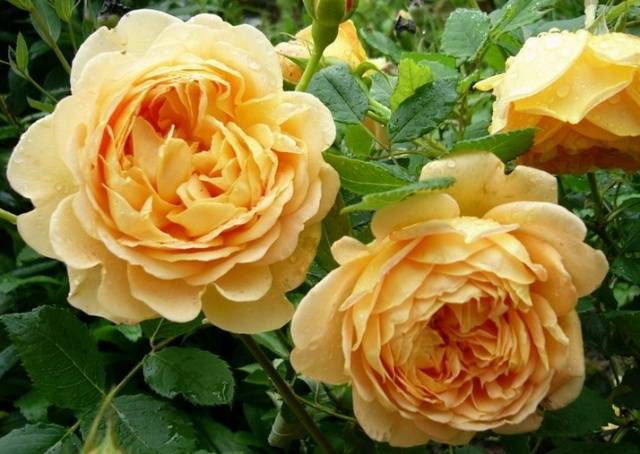
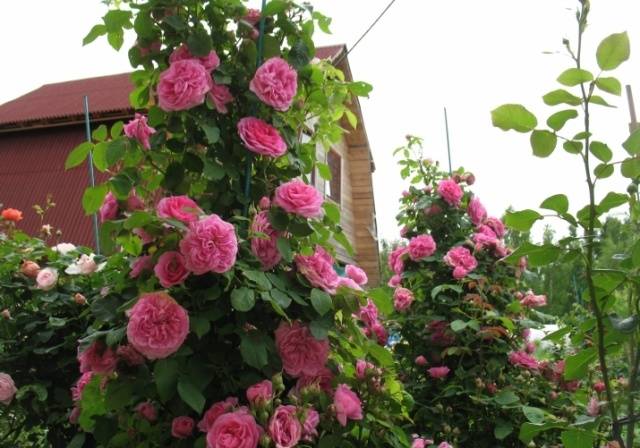
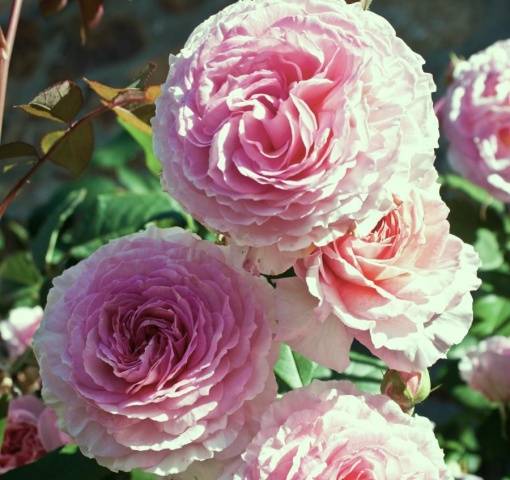
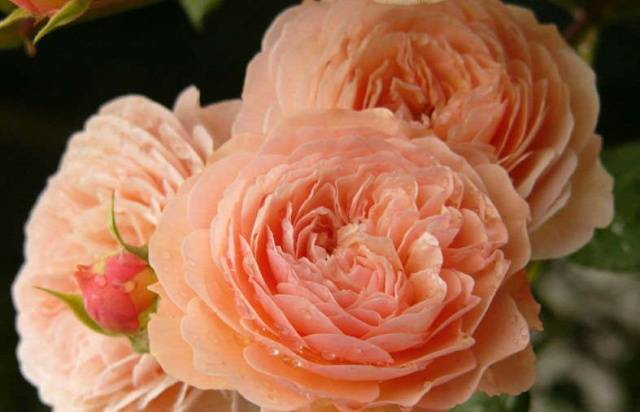

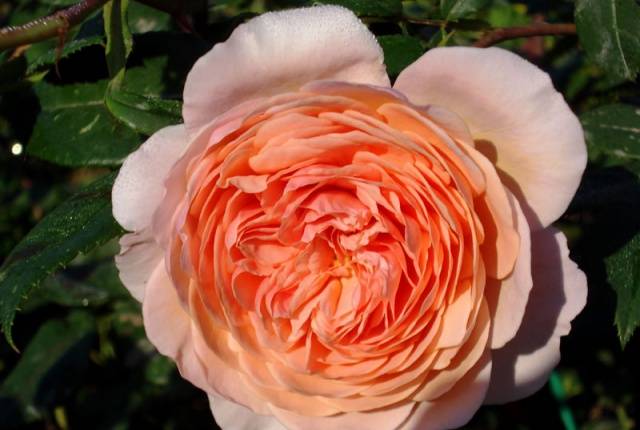
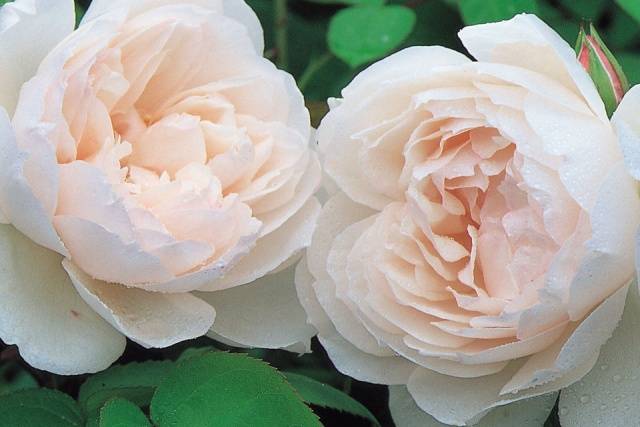
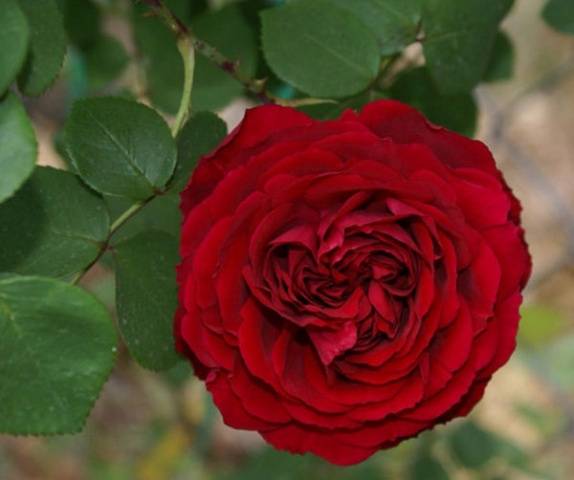
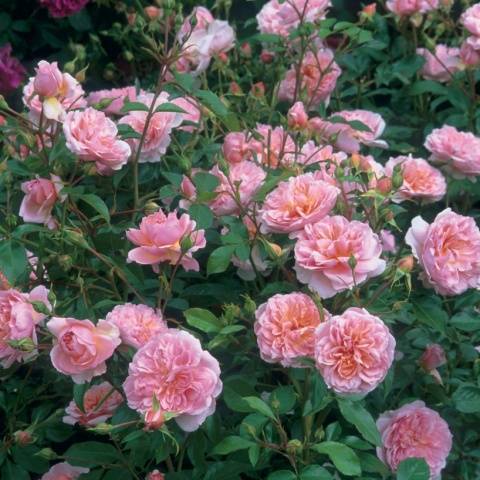
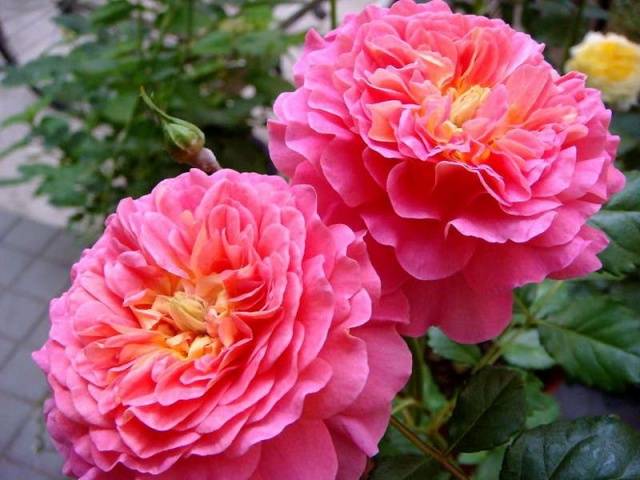
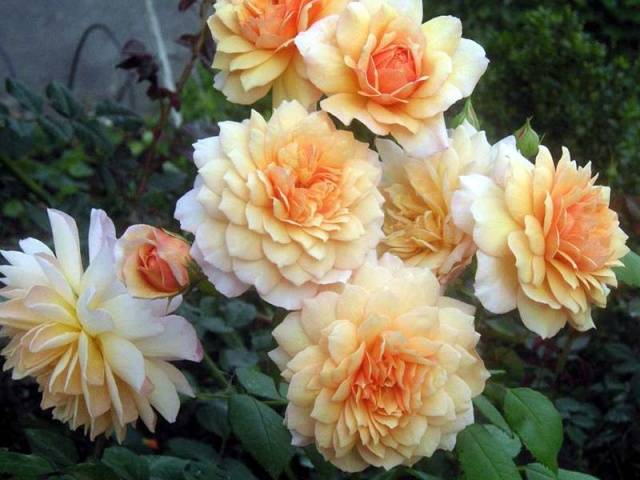

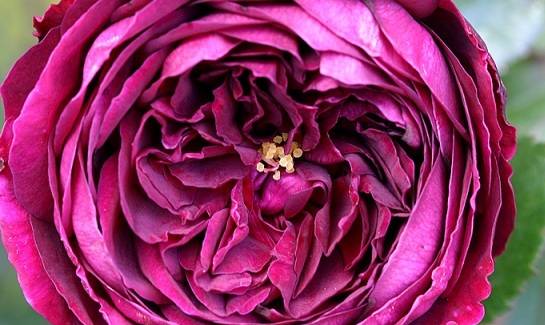
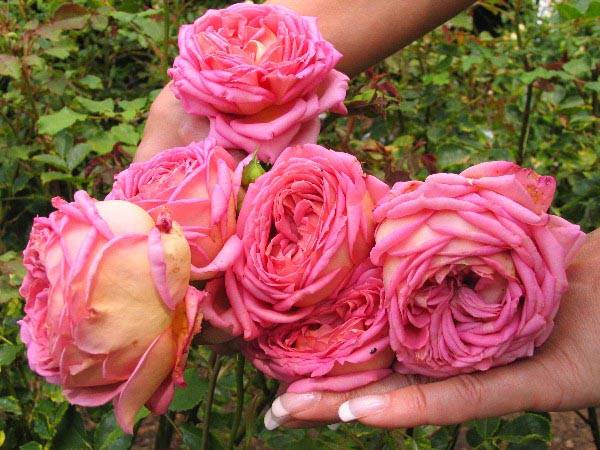
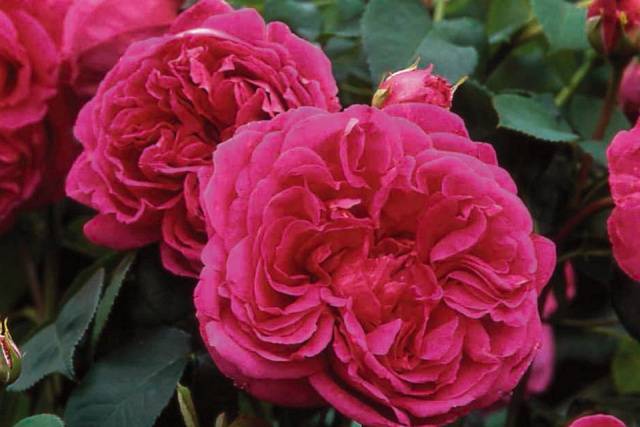
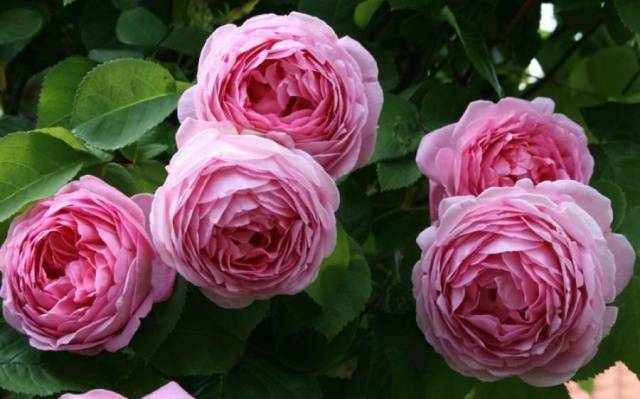
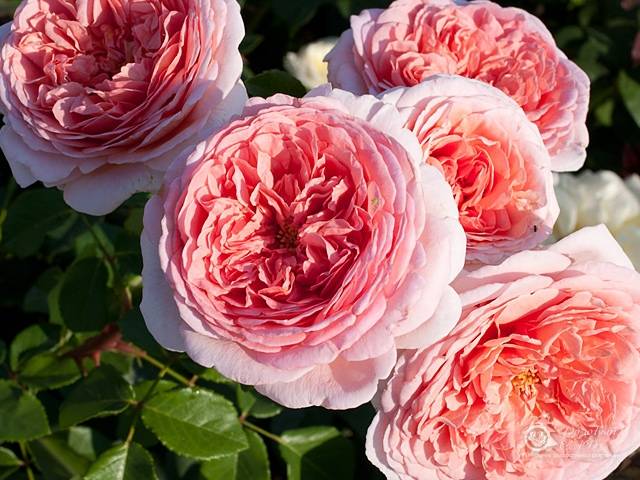
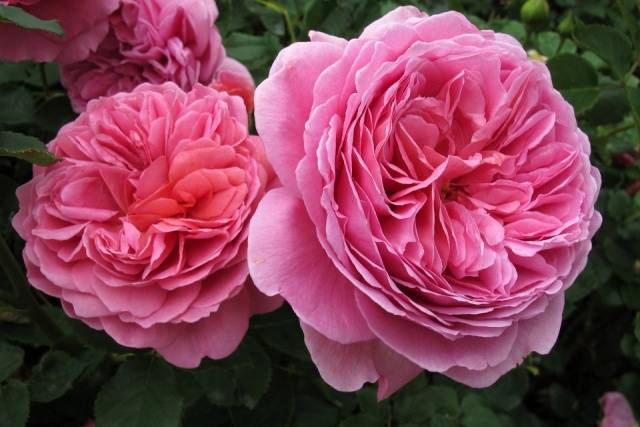

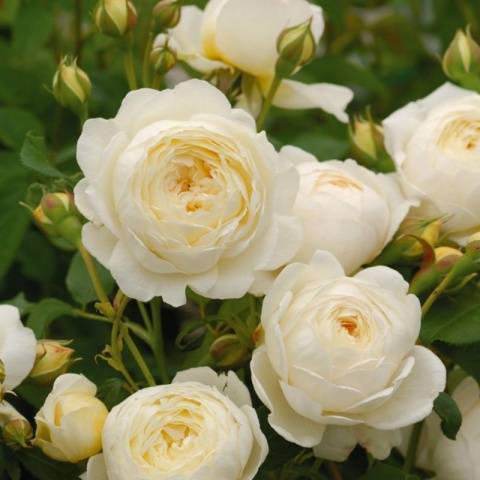

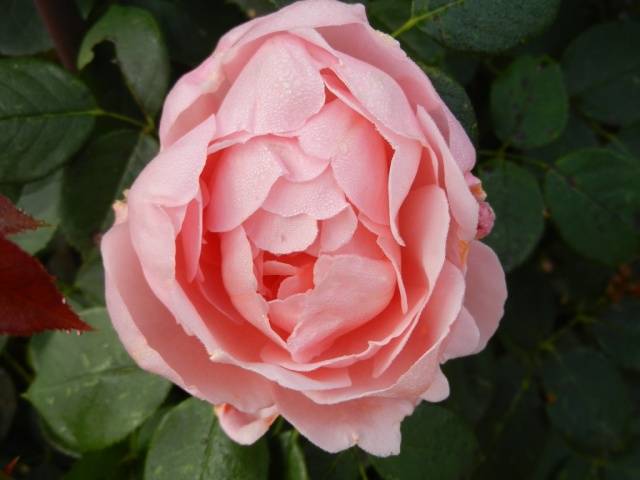


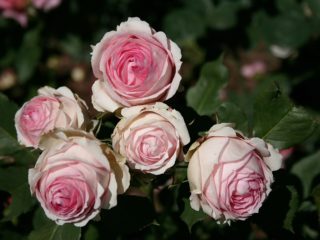




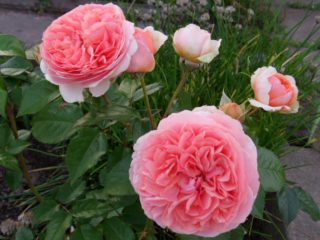

I have Falstaff, Lady of Shallot, Alexandra of Kent, plant in well-prepared soil, ground. Water should not be higher than 2 meters, deepen the neck by 5 cm, at the initial stage, cover for a month from the rains so that they take root well, feed, drink, for the winter in arcs , crosswise arcs so that the snow does not push the shelter, 2-3 layers of 60spunbond + on the very top of the film, so that the shelter is dry. you will have wonderful roses, flax. region, south. now, I give them preference.